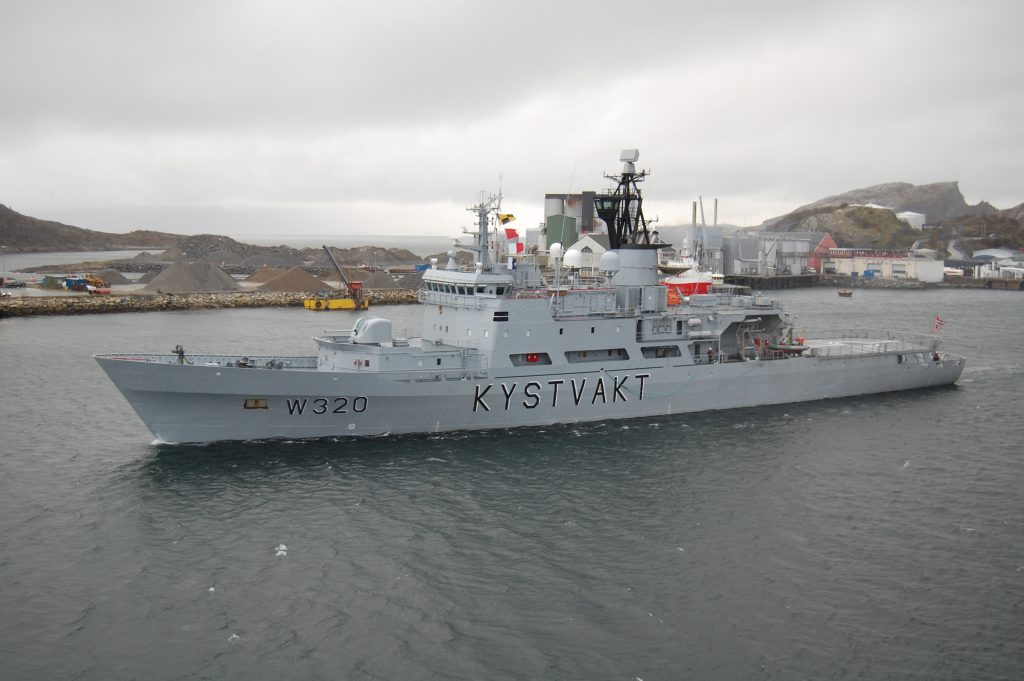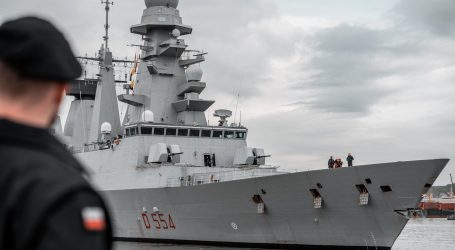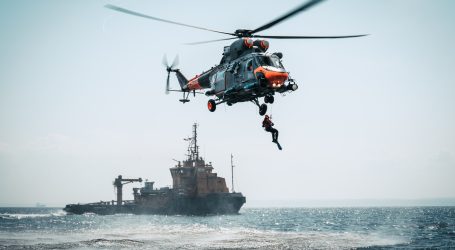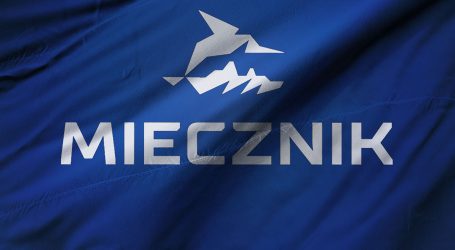Five NATO ships to arrive in Szczecin

Five ships of the NATO Standing Mine Defence Force Group 1 will moor in Szczecin on Friday. The crew will replenish supplies and rest before carrying out further tasks in the Baltic Sea region, the 8th Coastal Defence Flotilla reported. The vessels will not open their decks to the public.
On Friday, the team’s flagship, the Norwegian HNoMS NORDKAPP (A531), and four mine defence vessels, mainly mine countermeasure vessels: the Belgian BNS BELLIS (M916), the Estonian ENS SAKALA (M314), the French FS PEGASE (M644) and the German diving support vessel FGS ROTTWEIL (M1061), will moor in Szczecin. During the visit, the ships will be accompanied by the minesweeper of the 8th Coastal Defence Flotilla – ORP Drużno (641).
– Working visits of NATO ships to Polish ports are aimed at developing friendly relations and familiarising seafarers with each other’s conditions, work and equipment. They are also to exchange experience related to the implementation of mine defence tasks at sea – conveyed the spokesman of the 8th Coastal Defence Flotilla, Lieutenant Commander Grzegorz Lewandowski.
– This will be the first visit to Poland by ships the NATO Standing Mine Defence Force Group 1 ships. The stopover in Szczecin will be an opportunity for the crews to replenish ship’s stores and to prepare for further tasks at sea, he added.
The vessels will not make their decks available for sightseeing. The visit will end on Monday, 8 May.
The North Atlantic Alliance operates four ship teams in permanent rotational service. Two of these are teams of large surface vessels, mainly destroyers and missile frigates often supported by a supply vessel, Standing NATO Maritime Group 1 and 2. The other two are teams of mine countermeasures vessels with a multi-role command ship, Standing NATO Mine Countermeasures Group 1 and 2. Typically, Group One operates in the north of Europe, while Group Two operates in the south of the continent.
The main task of the ships of the NATO Standing Mine Defence Force Team is to maintain the safety of navigation by searching for, detecting and destroying dangerous underwater objects. An important task of the team is also to demonstrate the alliance members’ solidarity and to carry out one of the most important joint tasks, i.e. to ensure the safety of communication routes at sea.
In this way, the team’s ships form a mine defence system in areas referred to as the ‘Mine Shield’ for Europe. These forces can also be directed to support anti-terrorist operations, SAR operations and emergency response. The naval teams are among the most effective elements of the so-called NATO Response Force (NRF).
These teams spend most of their time at sea, including coordinating the interoperability of their constituent ships and participating in manoeuvres with the navies of NATO member and partner states.
The Polish Navy has been involved in the activities of the individual alliance ship teams for many years. Ships of the Świnoujście-based 8th Coastal Defence Flotilla, primarily minehunters from the 13th minesweeper Squadron, have been periodically included in SNMCMG-1 since 2002, while the Mine Defence Force Command Ship ORP ‘Kontradmirał X. CZERNICKI’ from the 2nd Transport and Mine Ships Squadron has been the flagship of SNMCMG-1 three times and for the first half of 2017 served as the flagship of the NATO Standing Mine Defence Force Group 2 in the Mediterranean and Black Sea.
In 2021, Polish sailors within PKW North Sea for the first time ever commanded from the team’s flagship, the German FGS ELBE, the activities of an anti-mine ship team operating in the northern European waters.
Source: PortalMorski.pl



